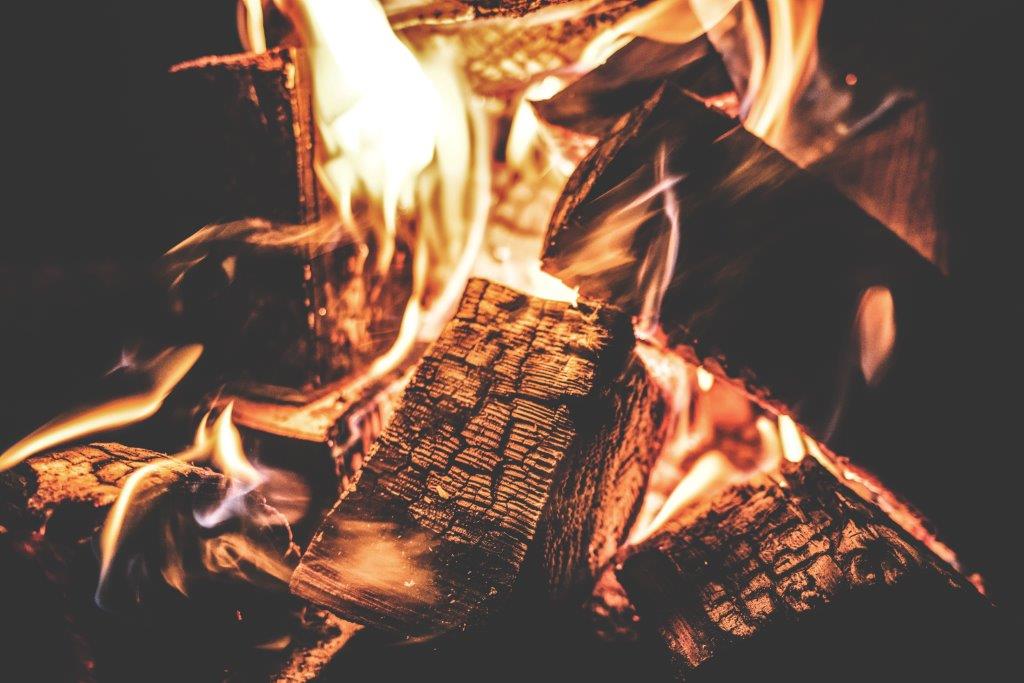 bbb
bbb
I think it’s fair to say that autumn has arrived and, as the nights start drawing in and the air grows crisper, winter is on its way. This change of the seasons signals that it must be time for us to don our woollies and wellies and stand around a big fire to remember when the King and the entirety of Parliament almost met their demise.
What better time, then, to have a look at the tradition of Bonfire Night?
 I think it’s fair to say that autumn has arrived and, as the nights start drawing in and the air grows crisper, winter is on its way. This change of the seasons signals that it must be time for us to don our woollies and wellies and stand around a big fire to remember when the King and the entirety of Parliament almost met their demise.
I think it’s fair to say that autumn has arrived and, as the nights start drawing in and the air grows crisper, winter is on its way. This change of the seasons signals that it must be time for us to don our woollies and wellies and stand around a big fire to remember when the King and the entirety of Parliament almost met their demise.
What better time, then, to have a look at the tradition of Bonfire Night?
The word “bonfire” derives from “bonefire” which was used until approximately 1760 quite literally to mean a fire in which bones were burnt. [1] This may be linked to the burning of bones on a funeral pyre as well as the burning of heretics. Fire was considered a means of cleansing and immolating, returning the sinner to the ashes from which they were brought in a suitably painful way for the crime they had committed.
The shape of the bonfire allows for crowds to gather around it and the burning of heretics was often a very public affair; in 1555 Hugh Latimer, Nicholas Ridley and Thomas Cranmer were burnt at the stake in the centre of Broad Street. Whilst we would now be horrified and traumatised by such a spectacle, every year on November the 5th we gather around the flames and revel in watching them engulf and destroy the representation of a man.
It may seem peculiar that we place so much emphasis on a plot that never came to fruition, after all it was not the only time people had attempted to overthrow those in authority. What’s more, the man whose effigy we burn was not the leader of the plotters and he was not burned. Yet the story of Guy Fawkes, caught beneath Parliament, poised to destroy the Government, has appealed to the masses. Perhaps this is because we know of the extreme torture he suffered; because he was hanged, drawn and quartered outside the House of Lords as a stark warning to potential traitors; because he was the man with the match who came so close to destroying the establishment. So close in fact that the monarch still only enters Parliament once a year and the building is searched to limit the possibility of such a catastrophic occurrence.[2]
 It was the Thanksgiving Act, passed in January 1606 that established the 5th of November as the annual celebration we recognise today. Prayers were said, bells were rung and bonfires were lit in celebration of the King’s safety. Thus the name ‘Bonfire Night’ emerged, not to commemorate a burning, but the avoidance of burning. The religious aspect dwindled over time and in the Victorian era this date became commonly known as Guy Fawkes Day. In more recent years, firework manufacturers saw this event as a perfect opportunity to sell their wares hence it is also often referred to as Firework Night.[3]
It was the Thanksgiving Act, passed in January 1606 that established the 5th of November as the annual celebration we recognise today. Prayers were said, bells were rung and bonfires were lit in celebration of the King’s safety. Thus the name ‘Bonfire Night’ emerged, not to commemorate a burning, but the avoidance of burning. The religious aspect dwindled over time and in the Victorian era this date became commonly known as Guy Fawkes Day. In more recent years, firework manufacturers saw this event as a perfect opportunity to sell their wares hence it is also often referred to as Firework Night.[3]
So wrap up warm and gather round the bonfire to remember, remember the 5th of November!
Step inside and do 1,000 years of time with Oxford Castle & Prison. Explore centuries of history with a costumed guide. Book your tickets now: https://bookings.oxfordcastleandprison.co.uk/book
[1] “bonfire, n.”. OED Online. September 2016. Oxford University Press. http://www.oed.com/view/Entry/21316?rskey=PmEitj (accessed October 20, 2016).
[2] Guy Fawkes and Bonfire Night, http://www.bonfirenight.net/gunpowder.php (accessed October 29, 2016).
[3] Guy Fawkes: Why Do Bonfires Still Burn 400 Years On? http://www.bbc.co.uk/guides/zp9v34j (accessed October 29, 2016)


| Cookie | Duration | Description |
|---|---|---|
| cookielawinfo-checkbox-advertisement | 1 year | Set by the GDPR Cookie Consent plugin, this cookie is used to record the user consent for the cookies in the "Advertisement" category . |
| cookielawinfo-checkbox-analytics | 11 months | This cookie is set by GDPR Cookie Consent plugin. The cookie is used to store the user consent for the cookies in the category "Analytics". |
| cookielawinfo-checkbox-functional | 11 months | The cookie is set by GDPR cookie consent to record the user consent for the cookies in the category "Functional". |
| cookielawinfo-checkbox-necessary | 11 months | This cookie is set by GDPR Cookie Consent plugin. The cookies is used to store the user consent for the cookies in the category "Necessary". |
| cookielawinfo-checkbox-others | 11 months | This cookie is set by GDPR Cookie Consent plugin. The cookie is used to store the user consent for the cookies in the category "Other. |
| cookielawinfo-checkbox-performance | 11 months | This cookie is set by GDPR Cookie Consent plugin. The cookie is used to store the user consent for the cookies in the category "Performance". |
| PHPSESSID | session | This cookie is native to PHP applications. The cookie is used to store and identify a users' unique session ID for the purpose of managing user session on the website. The cookie is a session cookies and is deleted when all the browser windows are closed. |
| viewed_cookie_policy | 11 months | The cookie is set by the GDPR Cookie Consent plugin and is used to store whether or not user has consented to the use of cookies. It does not store any personal data. |
| Cookie | Duration | Description |
|---|---|---|
| _ga | 2 years | The _ga cookie, installed by Google Analytics, calculates visitor, session and campaign data and also keeps track of site usage for the site's analytics report. The cookie stores information anonymously and assigns a randomly generated number to recognize unique visitors. |
| _gat_UA-9822230-4 | 1 minute | A variation of the _gat cookie set by Google Analytics and Google Tag Manager to allow website owners to track visitor behaviour and measure site performance. The pattern element in the name contains the unique identity number of the account or website it relates to. |
| _gcl_au | 3 months | Provided by Google Tag Manager to experiment advertisement efficiency of websites using their services. |
| _gid | 1 day | Installed by Google Analytics, _gid cookie stores information on how visitors use a website, while also creating an analytics report of the website's performance. Some of the data that are collected include the number of visitors, their source, and the pages they visit anonymously. |
| CONSENT | 2 years | YouTube sets this cookie via embedded youtube-videos and registers anonymous statistical data. |
| Cookie | Duration | Description |
|---|---|---|
| _fbp | 3 months | This cookie is set by Facebook to display advertisements when either on Facebook or on a digital platform powered by Facebook advertising, after visiting the website. |
| fr | 3 months | Facebook sets this cookie to show relevant advertisements to users by tracking user behaviour across the web, on sites that have Facebook pixel or Facebook social plugin. |
| test_cookie | 15 minutes | The test_cookie is set by doubleclick.net and is used to determine if the user's browser supports cookies. |
| VISITOR_INFO1_LIVE | 5 months 27 days | A cookie set by YouTube to measure bandwidth that determines whether the user gets the new or old player interface. |
| YSC | session | YSC cookie is set by Youtube and is used to track the views of embedded videos on Youtube pages. |
| yt-remote-connected-devices | never | YouTube sets this cookie to store the video preferences of the user using embedded YouTube video. |
| yt-remote-device-id | never | YouTube sets this cookie to store the video preferences of the user using embedded YouTube video. |